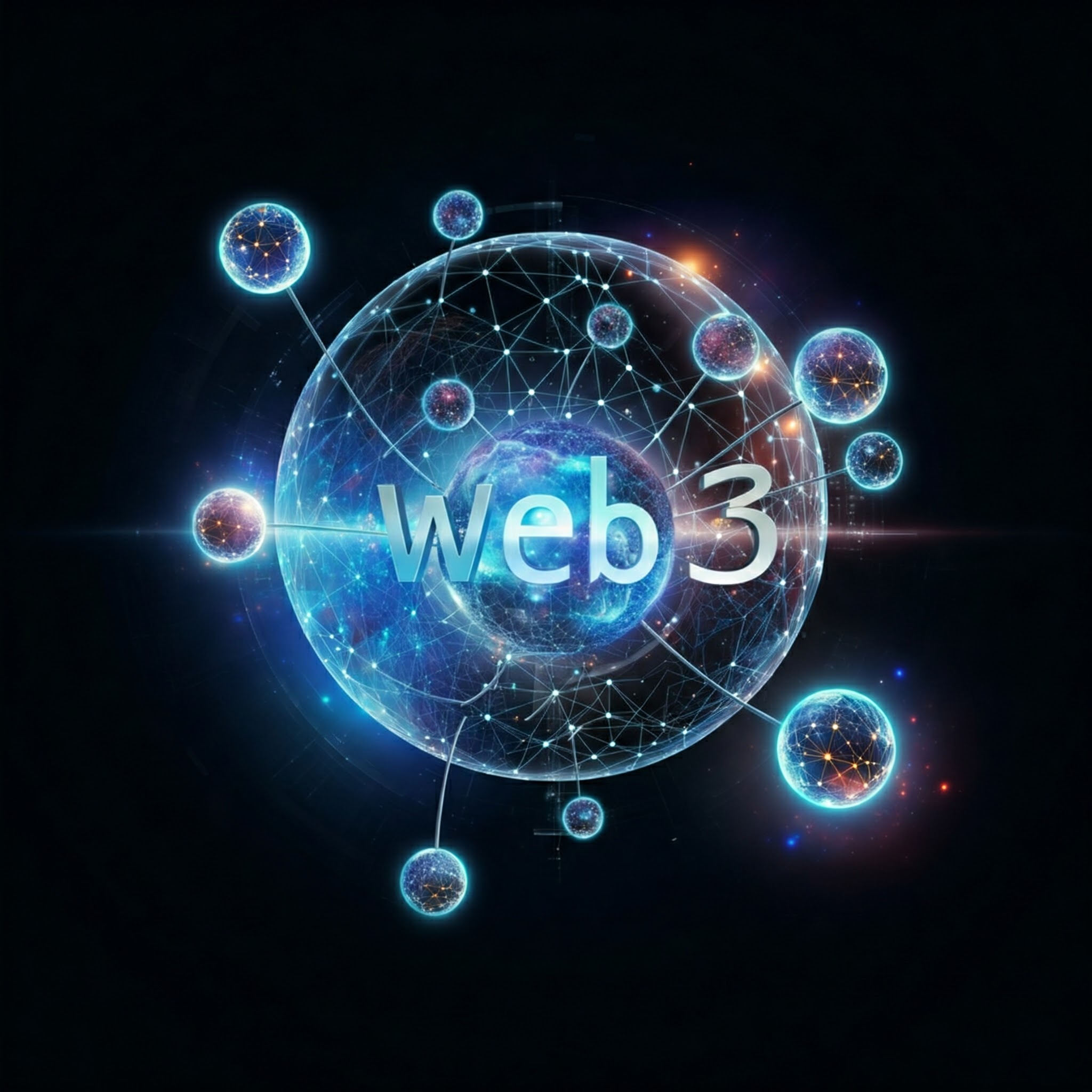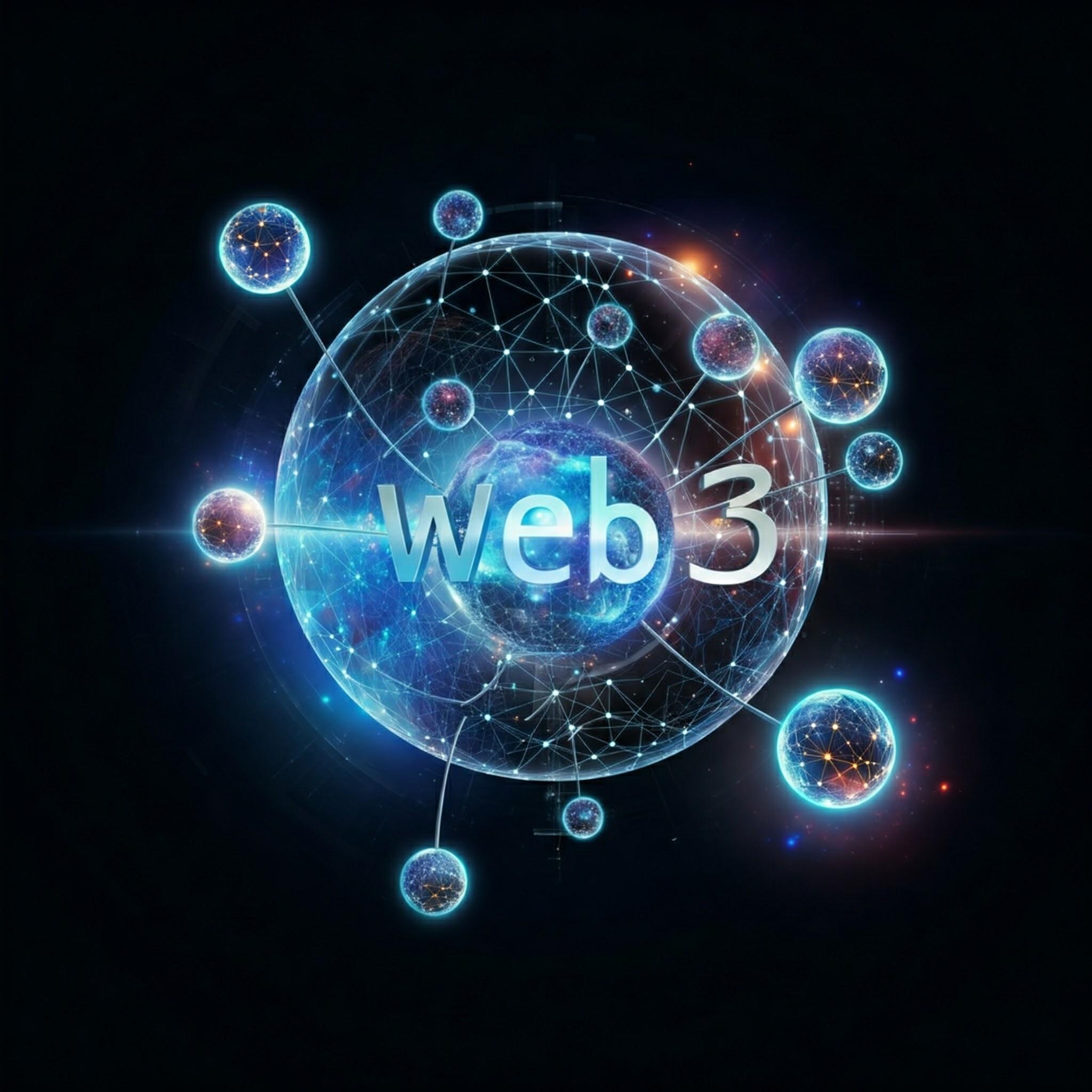
The internet has had a profound impact on our lives, and it continues to evolve at an unprecedented pace. The latest buzzword in the tech world is Web3, a term that's often used to describe the next generation of the internet. But what exactly is Web3, and what implications does it have for our future?
What is Web3?
Web3 is a decentralized internet built on blockchain technology. It aims to shift power from centralized platforms and corporations back to individual users, giving them more control over their data and online experiences.
Key Characteristics of Web3:
- Decentralization: Web3 is not controlled by any single entity, making it more resistant to censorship and single points of failure.
- Open-Source: The underlying code for Web3 is open source, allowing for transparency and community-driven development.
- User Control: Web3 gives users more control over their data and digital assets.
- Cryptographic Security: Blockchain technology ensures the security and integrity of data and transactions on Web3.
Implications of Web3:
Web3 has the potential to revolutionize various aspects of our lives, including:
- Finance: Decentralized finance (DeFi) offers alternative financial services without intermediaries.
- Social Media: Web3 could enable decentralized social media platforms where users have more control over their data and interactions.
- Gaming: Web3 is transforming the gaming industry with play-to-earn models and decentralized ownership of in-game assets.
- Art and Culture: Non-fungible tokens (NFTs) are revolutionizing how we create, own, and trade digital art and collectibles.
- Governance: Web3 could enable new forms of decentralized governance, where users have a direct say in decision-making processes.
Challenges and Opportunities:
While Web3 offers exciting possibilities, it also faces challenges:
- Scalability: Blockchain technology needs to overcome scalability issues to handle the growing number of users and transactions.
- Usability: Web3 applications need to become more user-friendly to achieve mainstream adoption.
- Regulation: The regulatory landscape for Web3 is still evolving, and clear guidelines are needed to foster innovation and protect users.
Despite these challenges, Web3 presents immense opportunities for innovation and disruption across various industries. By understanding its potential and addressing its challenges, we can shape the future of the internet and create a more decentralized, user-centric, and secure online world.



